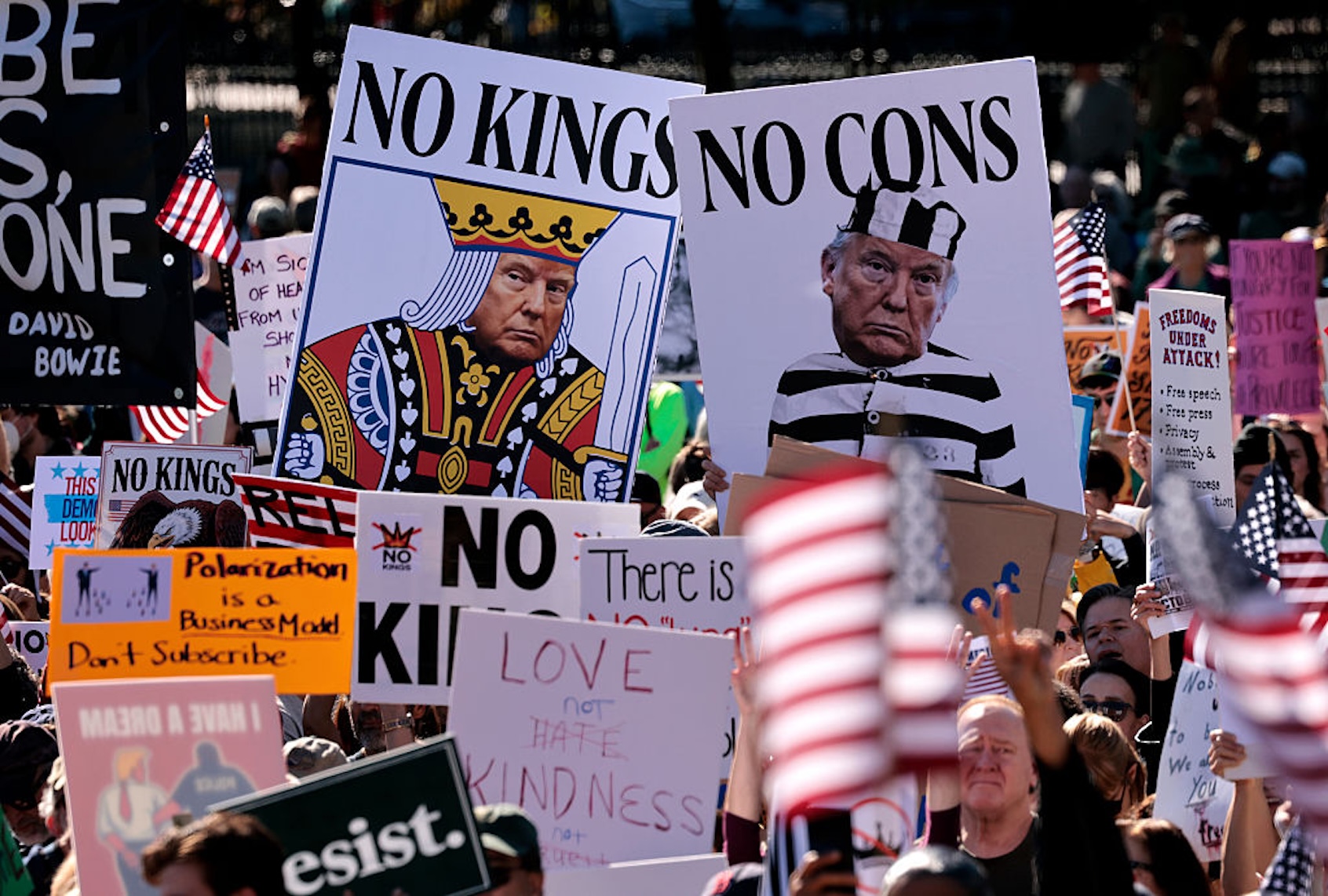Copyright thehindubusinessline

Each new day is a new day for tariffs and last week the pharmaceutical sector was caught in the crossfire. The Trump administration’s prospective imposition of tariffs on pharmaceutical imports is a notable departure from the long-standing tradition of exempting pharma products from tariffs due to their public health importance. This move has precipitated uncertainty within India’s pharmaceutical industry which has a strong export portfolio. While the definitive scope of the policy remains indeterminate pending formal notification, if the tariffs hit the generics medicine, it would constitute a large shock for Indian pharma industry, currently constituting around $27 billion exports. This uncertainty is already registered in the equity markets, with pharmaceutical stocks plummeting by around 2 per cent. India’s pharmaceutical sector has long held comparative advantage in cost efficient generics production and emergent biosimilar capabilities and serves as a critical node in global medical supply chains. Generics, characterised by high-volume, low-margin production, and biosimilars, distinguished by regulatory and technological intensiveness, along with several others collectively underpin India’s major pharma exports. While the sector is fairly diversified, the US still constitutes as a major export destination, accounting for an estimated 35 per cent of total exports, over the past five years (Chart 1). If US tariffs hit the generics segments, it would engender an erosion of scale economies given large exposure to the US market. This will significantly hurt pharma growth as it would attenuate incentives for investment in regulatory compliance and pharmacological innovation, thereby having an impact on the sector’s dynamism. The problem is however worse for the firms that export to the US as they are less diversified than the overall market. Since pharma is a highly regulated industry in most countries, variation in regulation and logistical barriers would prevent smooth reorganisation of supply chains to other markets. Demand elasticity We test the potential ramifications of a hypothetical 50 per cent US tariff on pharma products by looking at the demand elasticity of these products. If demand is inelastic, it is possible to pass the entire tariff burden to the final consumer (i.e., US consumer) without much change in value of exports. Instead, if demand is elastic, consumers are sensitive to small changes in prices and they would switch to alternative countries for imports. Unfortunately, in the case of pharma products that India exports, the elasticity is very high suggesting loss of most of the export revenues (Chart 2). Most striking is HS 3004, India’s largest pharma export segment, which comprises generic medicines and key antibiotics. This section due to extremely thin profit margins relies on volume, and with punitive tariffs will have its exports to the US completely wiped off. Only the lower elasticity segments such as HS 3005 (bandages, gauze, and similar medical consumables, and HS 3006 (sterile surgical materials, contraceptives, dental cements, and clinical trial kits) would retain some residual export value, reflecting their continued demand even under extreme tariff conditions. With the growing demand within US for pursuing an isolationist policy, most industries have to plan for mitigation strategies. The targeting of the pharmaceutical sector is a signal that no sector is immune from policy change under the current US administration. Amid growing uncertainty, firms have to figure out how to maintain scale economies in case they lose one of their major markets. The Indian pharmaceutical sector, having demonstrated considerable agility in adapting to past structural shocks, is likely to weather this episode as well. Still, the coming months will test how quickly the industry can adapt to shifting political winds in its most critical export market. Tomar is Assistant Professor of Economics, and Vallabhaneni is Research Associate, Indian School of Business Published on October 21, 2025



